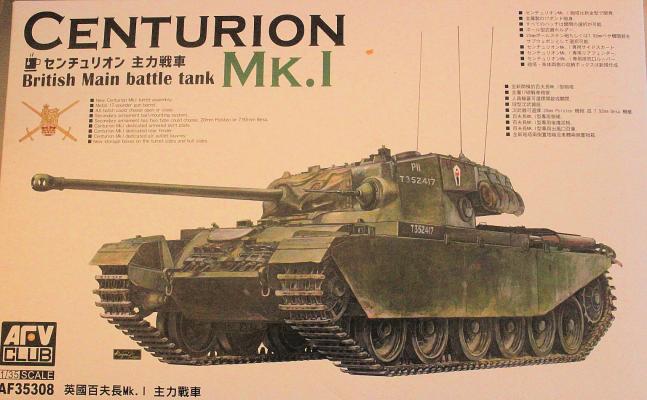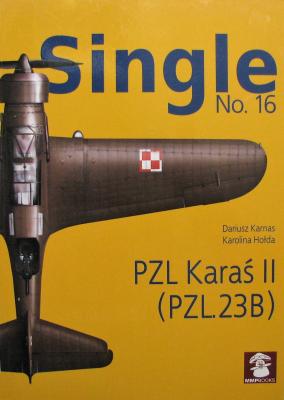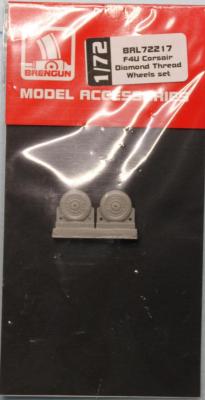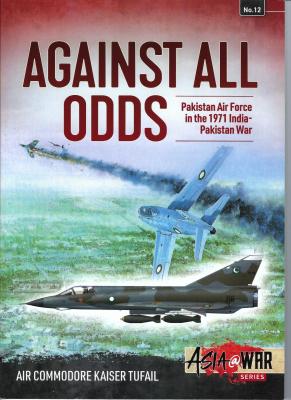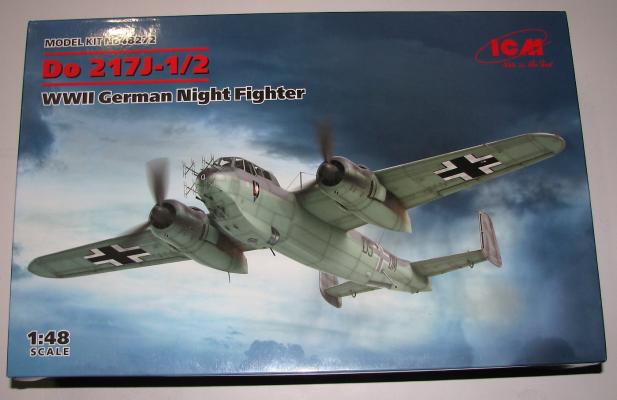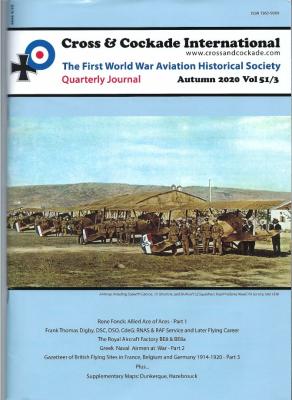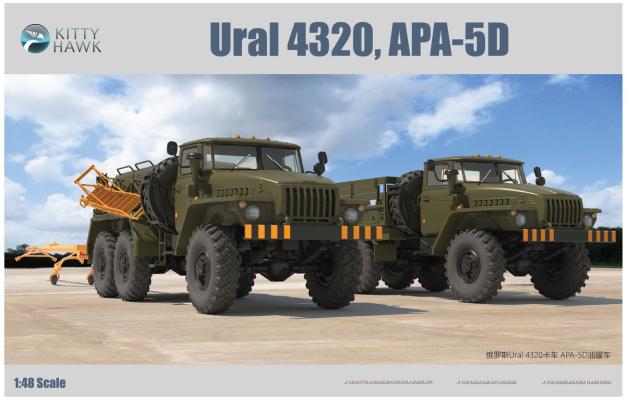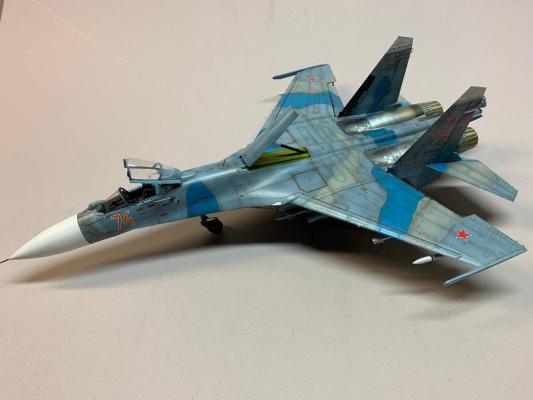In late 1943 the British Cabinet of War submitted a request for a new cruiser tank that could counter the threat of the German 88mm cannon. This tank was to be named the A41 and by May of 1944 20 preproduction A41s had rolled off the production line. This vehicle was also called the Centurion Mk 1 and in April of 1945, six of these new tanks were deployed to Germany for field trials. Unfortunately, this was too late for these vehicles to see active service but the Centurion, in a number of different versions, formed the backbone of the British Cold War main battle tank core. This new release from AFV club adapts their base Centurion kit, first released in 2006, to cover this very first preproduction version of this important tank.
What's New
This book is a compilation of 4-view color profiles, scale plans and photographic details of the PZL.23 Karaś II featuring scale plans in 1/72 and 1/48 scales plus drawings from wartime technical manuals and also photographs of the details.
Book is available in the two marking variants
- Karaś II (PZL.23B) no. 44.61 ‘5’ (658-K), 24th Reconnaissance Flight, Cracow-Rakowice, September 1939.
- Romanian AF.
The book: The MMP ‘Single’ book series are short but very well-done books on the subject they cover. This book covering the PZL. 23B has just 24 pages but they are full of nice interior & exterior detail pictures (over 50), 1/72 & 1/48 line drawings and a 1/48 color profile. As I have picked up the nice IBG Models 1/72 PZL.23 kit this book is a great help.
I highly recommend this book for anyone with a PZL.23 kit in their stash. It’s inexpensive and has quite a few pictures to help with your build.
Brengun Models is a scale model and detailing parts manufacturer located in the Czech Republic. Their lines include limited production run multi-media kits and exquisitely detailed photo-etched, turned brass and white metal replacement parts for aircraft in the most commonly produced scales.
Brengun has produced a set of wheels with diamond tread patterns for any 1/72 scale F4U Corsair. There are no instructions, and any modeler familiar with resin parts will have no issues installing these wheels in lieu of the kit parts. A close-up evaluation of the parts (see photos), indicates a simple cut and replace installation that provides realistic scale-detailed wheels with significantly improved appearance to molded plastic kit parts.
Smaller wars are often overlooked as was the case in the India-Pakistan War of 1971, especially the air war portion. This little-known air war placed two air force with a variety of different aircraft pitted against each other. The author has spent over three decades in the Pakistani Air Force. He has attempted to be objective in his analysis and for the most part I feel he has succeeded in presenting an balanced accounting of the air war.
I recently started to learn how to do German Longsword training, so this book was perfectly timed for me.
In common with the Osprey Weapons series of books, this paperback book consists of 80 pages with colorful illustrations throughout.
Swords have always fascinated me, whether it was Excalibur or Light Sabers, the thrill of sword play has spanned the history of modern man. The Longsword came into fashion in the 1300s until the 1500s as weapons and until the 1700s as sporting weapons. The study of Historical European Martial Arts (HEMA) has really taken off in the last few decades. This book is a great introduction of the longsword both as a weapon and a tactical, economic, and social artifact.
History
The Dornier Do 217 was a German multi-purpose bomber in WWII and was developed as a replacement for the Dornier Do 17. It was produced from November 1940 to May 1944. The Dornier 217J was the night fighter variant with BMW 801 engines, powerful armament and radar (on the J-2). In total, in 1942-43, there were produced 364 Do 217 night fighter of different modifications. They were in service with several night fighter regiments.
The Kit
Upon opening a large & sturdy box you are presented with a whole lot of plastic! 8 runners & 3 main wing pieces of grey injected plastic and 1 clear runner and a 24-page instruction book and a very nice decal sheet. The plastic cleanly molded with very little flash and crisp detail and the clear parts are thin and very clear. Also, the decals are cleanly printed and in register. Don’t be alarmed at the number of parts as 92 of these are only used for the Do 217N kit.
If you are looking for something a little different for your next build, want to have some fun, and even possibly remember your youth a bit, the folks at Round2 have released the kit for you! This Schwinn Continental 10-Speed is part of the MPC line of kits and follows their previous release of the Schwinn “Classic Krate” bikes. This was a quick build with no construction issues, and I would highly recommend it for modelers of all skill levels.
First released in 1960 for an astonishing $86.95, the Schwinn 10-speed was produced for 22 years and was the American standard for this style of bike for many of those years. While the steel frame is now incredibly heavy when compared to the materials used today, for a generation, these were the gold standard. Available in an assortment of sizes and colors, the bikes remain collectors’ items even today.
Cross & Cockade International is a non-profit UK based group known as the First World War Aviation Historical Society that publishes their journal four times a year. They also provide a free newsletter (sign up on their website) and occasionally publish WWI themed books like the Sopwith Dolphin monograph I reviewed earlier for IPMS USA. This Journal is the sister of the US Journal, Over The Front.
From Military-Today: “The Ural-4320 military truck is a further development of the previous Ural-375D. Its development started in 1972. Changes from the previous model include new engine, enlarged bonnet plus revised fuel, cooling, and electrical systems were introduced at the same time along with many other detail modifications. Its production commenced in 1976. The Ural-4320 took many of the roles previously carried by the Ural-375D. Production of the Ural-4320 still continues. This truck is in service with the Russian military as well as many other countries.
Refer to Part One for the assembly review.
Review Note and Comments
I decided to make this a two-part due to the number of images and extensive text required to document the basic assembly phase. Although the assembly was a bit of a challenge for this model, the semi-finished model revealed a lot of nice surface detail that was appealing to me. This detail had some merit for an effort on my part to achieve a proper paint job and weathering application. If those efforts resulted in a nice-looking model the challenges faced during the assembly would make the effort worth-while.
Let's see what happens.

